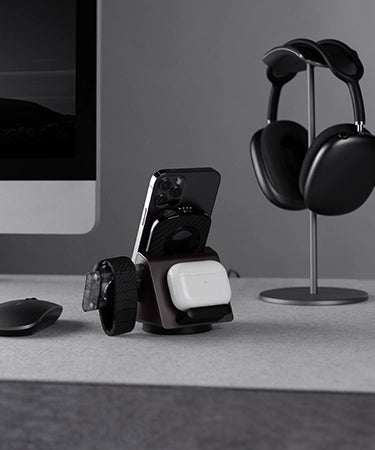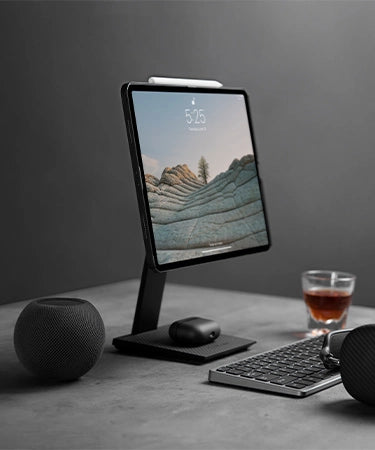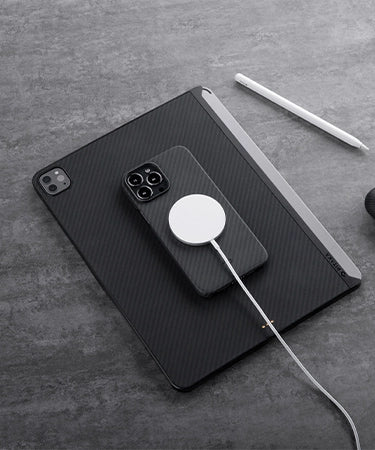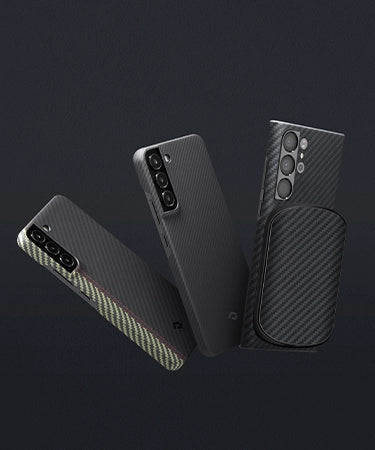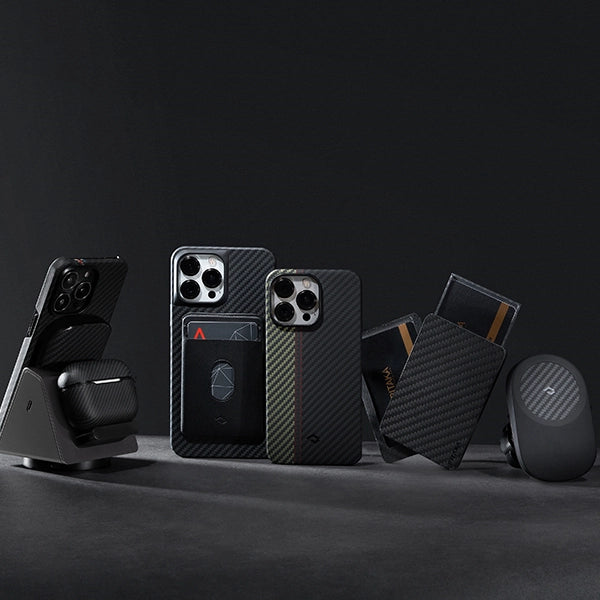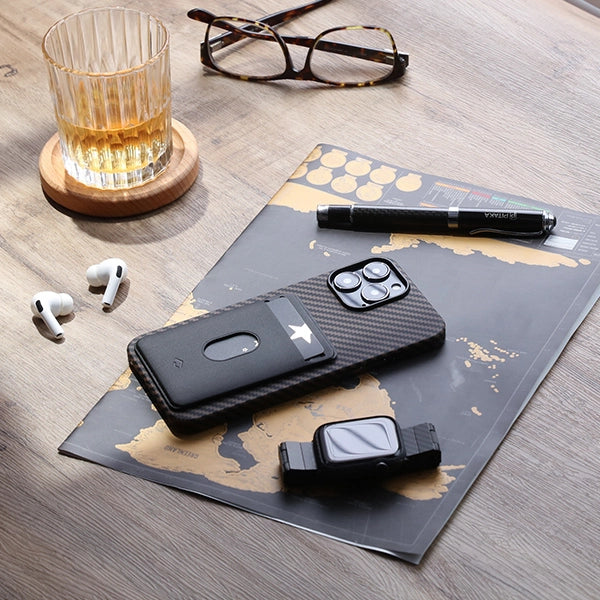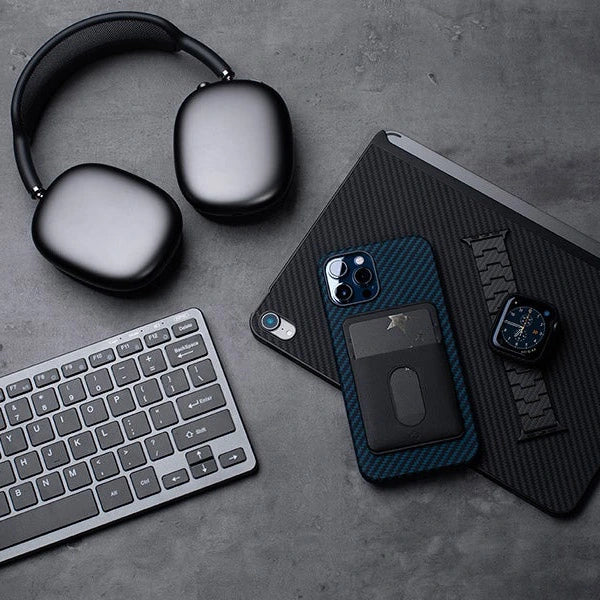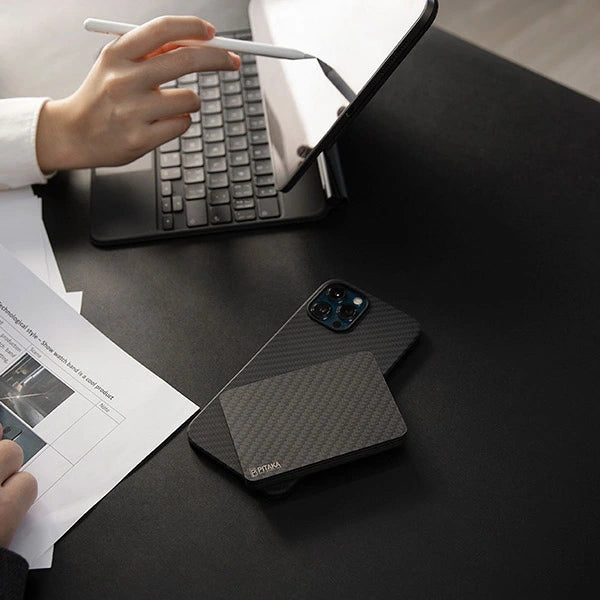Fall is my favorite season. Not only does it start to cool down, but this is the time of year for another of my favorite things, tech events.
If I'm honest, though, for the last few years, the anticipation just isn't as great as it used to be.
Why?
Well, if you look at the rendered image of the iPhone 13, it looks almost identical to the iPhone 12. You can play 'spot the difference,' and see a few variations if you look close enough.
Today, as full-size screens and glass backs dominate the smartphone market, it's hard to identify a specific brand or model from amongst the many rectangles.
My point is, there's very little excitement anymore when every year offers the same thing.
What happened to innovation?
What do you mean the iPhone still has a notch? When the screen goes off, it's just another piece of glass with a black background, just like all the others.
How Come Smartphones Have Become More Alike?
1. The First Phones Were Fun

When cell phones became more affordable for the general public, manufacturers began to pay more attention to their size and shape. Brick-sized cell phones weren't particularly appealing to customers, so companies went all out to make devices of all shapes, colors, and novelty value. These included designs like flip phones and compact sliders, rounded screens, and oval-shaped devices. There was something for everyone.
I have to admit that while not every design was brilliant or even practical, there were plenty of options out there. I remember at university using a purple slider phone from a brand I don't recall now, but it was completely different from those my classmates were using.
2. Then the iPhone Arrived
Apple introduced the first iPhone in 2007, which shaped the future of smartphone design for decades. They replaced hard buttons with a screen, and the slim, clean design immediately grabbed people's attention. It was also way more powerful than anything on the market. Technically speaking, the original iPhone was a breakthrough of both form and function.

Although phone manufacturers continued to make their own uniquely designed cellphones, the iPhone paved the way for smartphone design, eventually leaving other companies behind.
I'm not complaining that smartphones are slimmer now. Phone makers are just scratching the itch of a beautiful design they know we desire.
3. Everything Got Bigger and Better
With larger screens, we soon discovered how much more pleasure we could get out of phones. We could stream videos, play games, and connect to the world.

Now, more smartphones, especially flagships, feature a glass back design to accommodate wireless charging and make the phone look more attractive.
We take more photos and want them to look as good as those taken with a professional camera. Cameras on smartphones are now much larger and more powerful.
We have millions of apps to help us do almost anything.
As more functions are added, we rely on our smartphones much more. We start to look for phones with larger batteries to make sure we're always powered-up.
Is it Possible to Change the Form Now?
New smartphone design has become a challenge.
It's very common for phone companies to copy designs from each other or repeat similar designs year after year. They make the battery a little bigger, upgrade the chip, improve charging speeds, or offer more color options. Many people are prepared to pay for these upgrades.
But most companies don't want to risk experimenting with something that hasn't been seen before. They're afraid of failure, despite the possibility of flipping things around in the phone industry.
Even if they want to make a change, there's a big hurdle in front of most companies: bigger batteries leave little room for form improvement.
Before a battery breakthrough occurs and is commercialized, phone companies have no choice but to keep squeezing larger batteries into smaller phones.
So, Where Will the Next Smartphone Design Breakthrough Come From?
1. Foldable Phones
Foldable phones still cost an arm and a leg, and only time will tell if they will ever become mainstream.

When the foldable phone opens, it's just a regular handset with a bigger screen. But I have to clap for the foldable phones; the fold reminds me of those original flip phones. They really stand out amongst other smartphones, and I hope that when companies strive to perfect foldables, they will develop some exciting ideas.
Who knows whether this is the right direction, but at least we're onto something new.
2. Will Camera Design be the Next Surprise?
If there's one thing I would change about my smartphone, the camera bump is the first thing that comes to mind. Be it rectangular, square, or round, it adds a considerable bulge to the phone's back, spoiling the beautiful, clean glass design. And since the back is not even, the phone wobbles when it’s placed down, causing people to worry about damaging the camera lens too.
Can't phone companies just make a flush camera housing? Yes, they can, but they choose not to. Since we love slim phones, housing the cameras inside the phone means a thicker phone body. Maybe we wouldn't mind adding a few millimeters to the handset if it's better than a thinner smartphone with a camera bump?
Why does the camera bump have to sit at the upper left corner? It doesn't; it could go in the middle or right corner instead.

Actually, we can get a glimpse of what it looks like. Companies such as LG and HUAWEI released flagship phones with flush cameras a few years ago. This design still exists in a few phone models, but it's rare. Others, such as the OnePlus 8, have a camera in the phone's center, making it stand out from the crowd.
3. Do Materials Play a Role?
Here, I'm talking about the material for the front of the phone. From my point of view, glass will still be the dominant material in the foreseeable future. It's just a matter of how hard the glass could become.
The back, however, has the potential to make things different. Aluminum alloy used to be the primary choice to make phone backs. But metals can block signals and interrupt wireless charging, and it's hard to add color to metals. Glass took its spot and set a high standard for modern phones.

Ceramic is not as popular as glass in the phone industry because its processing is more complicated. The opaque material is usually seen on high-end flagships as it's highly resistant to corrosion, doesn't fade over time, or block phone signal. More importantly, ceramic has a warmth that glass just doesn't.
Different materials offer different finishes and textures. When phones function similarly, the design that interacts directly with users, such as the feel of a device, can be the factor that sets one apart from another.
Some companies use other less popular materials, such as carbon fiber. In March 2021, Carbon Mobile, a German startup, released the world's first smartphone with an external carbon fiber shell, Carbon 1 MK II.

Carbon fiber has low flammability and excellent resistance to abrasions and organic solvents. It's exceptionally lightweight and durable, and as a result, it's widely used in products like aircraft, racecars, and sporting equipment. Its unique woven texture is found on many everyday essential gadgets, such as wallets and watch bands.
However, it has one big downside when used in smartphones – it's highly conductive, frequently blocking phone signals. The company solved this problem with their proprietary HyRECM (Hybrid Radio Enabled Composite Material) technology.
The impossible becomes possible.
You might also want to read:

